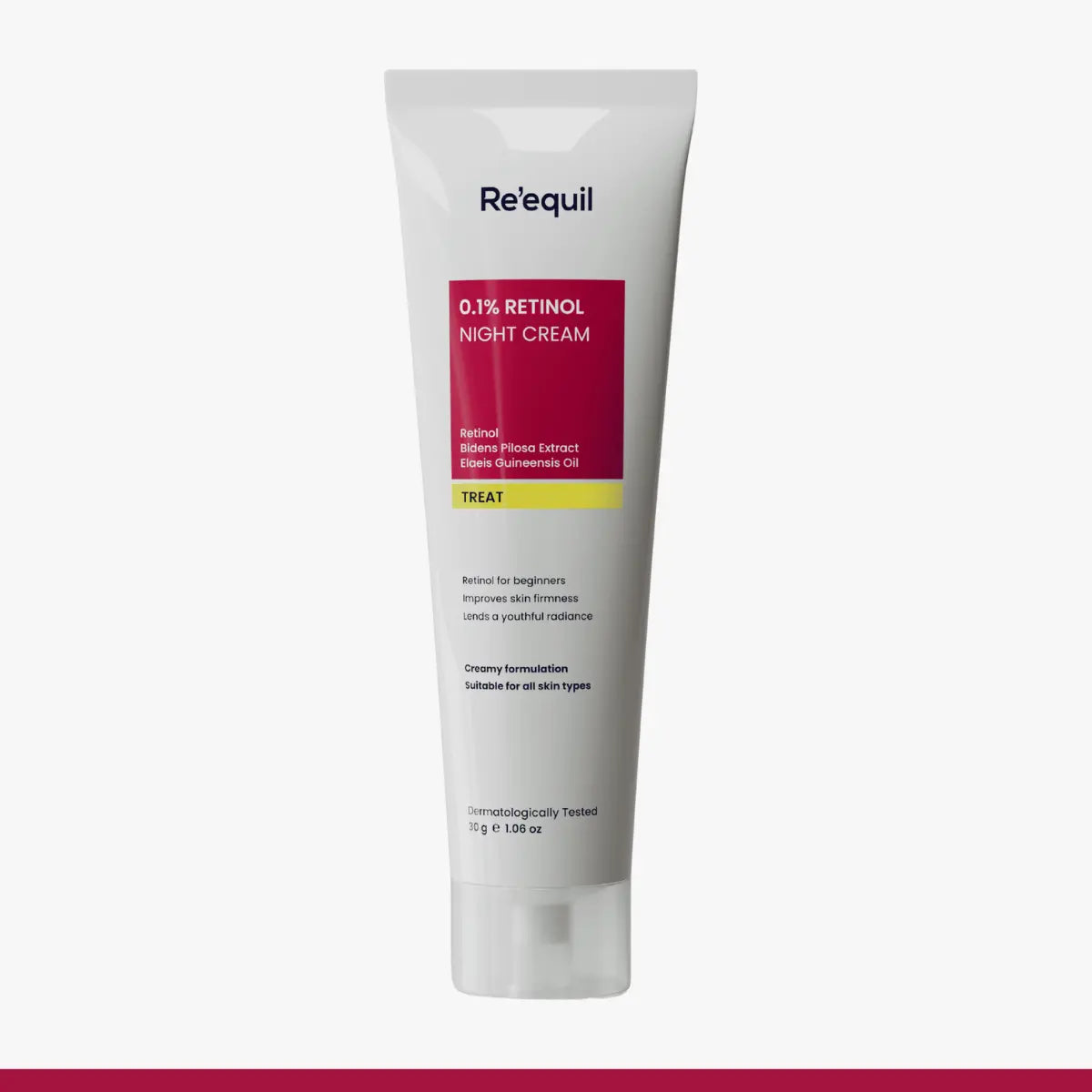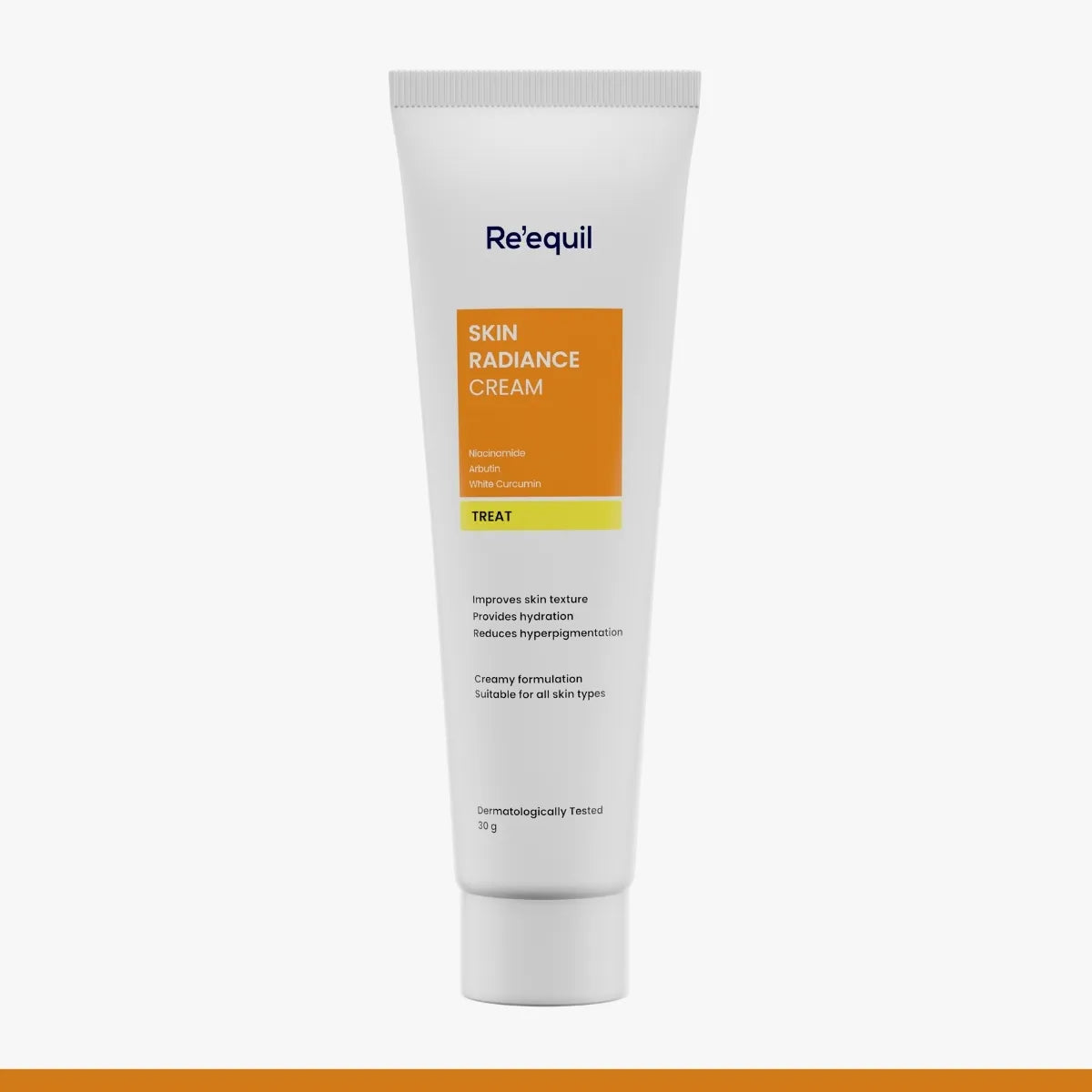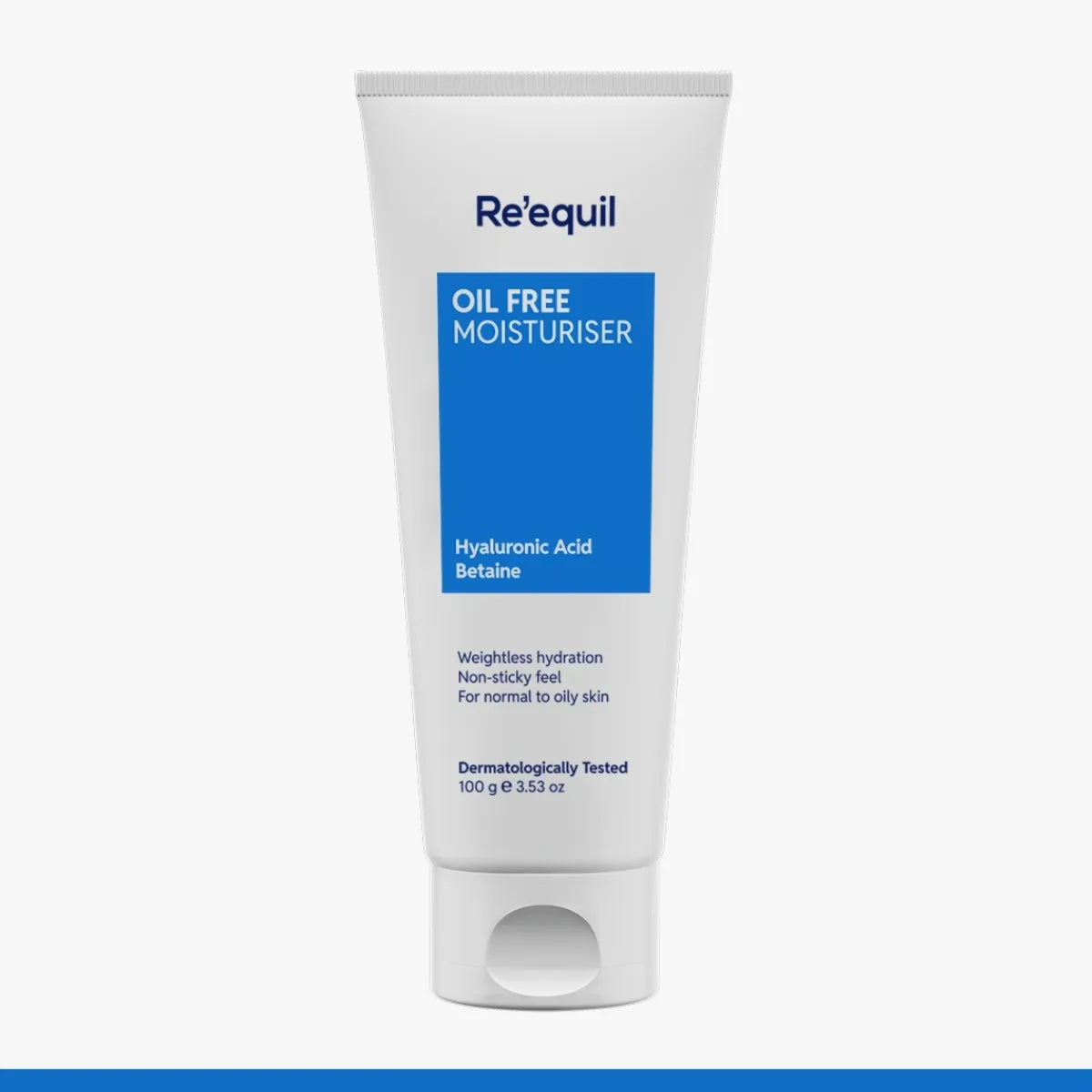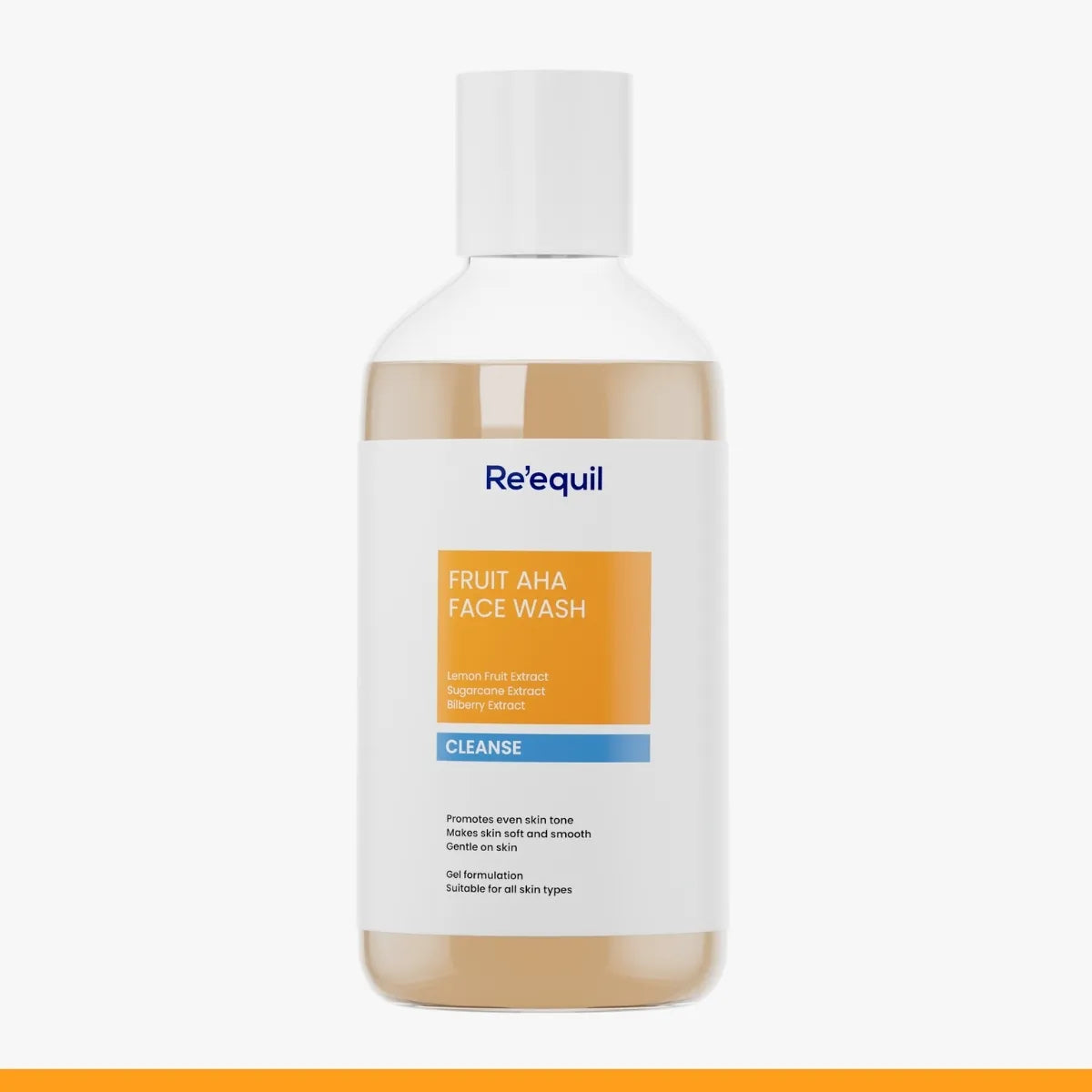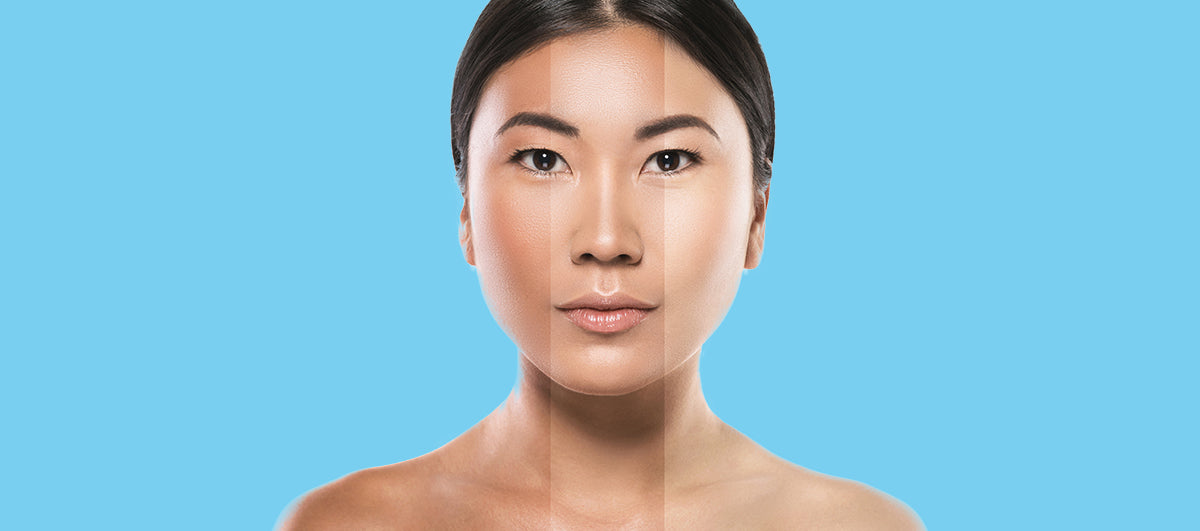A big thank you " melanin" ! Only because of you, we do celebrate our unique skin shades each day. Yes, you heard it right, Melanin is a skin pigment in your body that determines the color of skin, eyes, and hair. The great news is that the latest technologies and new interventions in the skin care and cosmetic worlds have opened up the doorways for redefining your skin color and texture. Many research studies have claimed that by changing the natural pigment production pathway in skin cells, it is possible to change your skin tone.
If you are wondering how it is possible to change your skin color. Well, it is possible to attain a perfect tan or super glowing skin by simply knowing the biology of melanin synthesis in your skin.
Role of melanin
Melanin is produced by cells called melanocytes present in the outermost layer of your skin i.e. epidermis. This process of melanin synthesis is called melanogenesis.These are the two main forms of melanin – eumelanin and pheomelanin. Eumelanin makes dark color in skin whereas pheomelanin is responsible for pinkish to red color in the skin. The role of melanin in the skin is to protect it from UV radiation. It acts as a barrier and prevents the UV radiation from penetrating the deepest layers of skin for damaging the DNA and causing skin cancer. Melanin also significantly protects your skin from photoaging by neutralizing free radical damage generated in your skin in presence of UV radiations.
Ways to reduce melanin in skin
- Laser therapy
- Topical creams
- Home remedies
1. Laser therapy
In laser procedures, doctors use a beam of light to minimize melanin pigment in the targeted areas. It is further divided into two types –
Ablative Laser Resurfacing – This is a wounding laser that involves the removal of the topmost layer of skin and a part of the underlying dermis for attaining lighter skin.
Non-ablative Laser Resurfacing – This is a non-wounding laser that helps to brighten skin without removing the outer layer of your skin.It stimulates collagen growth for improving skin complexion and skin texture. Intense pulsed light (IPL) devices are most commonly used for this procedure.
2. Topical creams
Various topical ingredients have remarkable effects in suppressing excessive melanin production and improving overall skin radiance.
Arbutin
Arbutin is considered one of the best natural alternatives to skin bleaching agent hydroquinone. Too much melanin production is the main cause of uneven skin tone and dark spots, which usually happen after unprotected sun exposure. Its wonderful depigmenting action helps to brighten your skin by controlling the activity of tyrosinase enzyme that helps in melanin synthesis.
Glycolic acids
Glycolic acids are alpha hydroxy acids (AHAs) that are used in various skin care products to resolve skin pigmentation concerns and maintain a healthy glow. Board-Certified Dermatologist, Dr. Rogers explains that Glycolic acids are the safe and effective plant-derived compounds to achieve clear and brighter skin. AHA’s gentle exfoliating action helps to clear the dead skin cell layer from the uppermost surface of the skin, thereby revealing a fresh skin layer. Glycolic acids are one of the most effective ingredients to get rid of dark spots, melasma, and blemishes.
Retinol
Retinol is the synthetic derivative of vitamin A, which helps to enhance skin radiance and skin texture. Its topical application is considered good to improve the complexion of skin over time.
Niacinamide
Niacinamide is proven to enhance skin complexion and strengthen barrier functions. It acts as a potent antioxidant for your skin to accelerate skin's regeneration process. In clinical research studies, niacinamide has shown significant improvement in reducing hyperpigmentation and fine lines.
3. Home remedies
Lemon
A study published in the International Journal of Molecular Sciences has also demonstrated the skin lightening action of lemon. Lemon is one of the common and effective home remedies for pigmentation. This natural bleaching agent helps to clear the dark spots and blotches from the skin.
Directions to apply
- Take a fresh lemon and cut it into two pieces.
- Rub the one-half on your face and let it for 5-10 minutes.
- Rinse it off with water.
In both traditional and modern science, turmeric has been acknowledged as an effective home remedy for skin pigmentation. Its natural skin healing properties help to improve the texture of skin along with clearing the skin discolorations.
Directions to apply
- Take 4-5 tablespoons of milk in a bowl.
- Add two tablespoons of gram flour and one tablespoon of turmeric powder in it.
- Mix the ingredients well and apply this paste to your face.
- Let it dry for 20-30 minutes.
- Wash it off with normal water.
Yogurt
The presence of lactic acids, AHA’s (Alpha hydroxy acids) and many other nutrients make yogurt an outstanding home remedy for bright and glowing skin. Furthermore, Dr. Hellman explains that the topical application of a yogurt face mask is quite good to soothe sunburned skin.
Directions to apply
- Take 1 tablespoon yogurt and half tablespoon of honey in a container.
- Mix the ingredients well.
- Apply the paste to your skin.
- Leave it for 15 minutes.
- Wash it off with lukewarm water.
How to increase melanin in skin?
It has been found that boosting your intake of certain antioxidants and nutrients can help to upsurge the melanin levels in your body.
- Vitamin A
- Vitamin E
- Vitamin C
1. Vitamin A
Beta carotene is an antioxidant that gets converted into vitamin A in our body. As per many researches, beta–carotene (red-orange pigment) is quite effective to increase melanin production in lighter skin tone individuals. Vegetables and fruits like tomatoes, sweet potatoes, carrots, mango, cantaloupe, etc are good sources of vitamin A.
2. Vitamin E
Vitamin E has been acknowledged as a highly beneficial vitamin for your skin. Along with fighting the free radical damage in the body, it may also help to balance out the melanin stimulation in the body. Another significant function of this vitamin for skin is that it protects the skin against sun damage. You can include grains, seeds, and nuts in your diet for attaining optimum benefits of vitamin E for your skin.
3. Vitamin C
There are not enough research studies claiming that vitamin C helps to increase melanin production in skin. However, vitamin C is a rich source of antioxidants and plays an important role in maintaining healthy melanin levels in skin. Citrus fruits like oranges, grapefruit, pineapples, strawberries, raspberries, blueberries, and cranberries are a great source of Vitamin C.

Whether you are undergoing any sun tanning or skin lightening treatment, it is important to slather on sunscreen to minimize the potential harms of both UVA & UVB rays. American Academy of Dermatology (AAD) shares the important facts on the regular usage of a broad-spectrum sunscreen. Unprotected sun exposure is associated with a serious risk of premature aging, hyperpigmentation, and certain kinds of skin cancers for all types of skin. You should apply a broad-spectrum sunscreen 20-30 minutes before going outdoors. Dermatologists agree that broad-spectrum sunscreens that contain mineral filters (aka physical filters) like zinc oxide and titanium dioxide provide the greatest UV protection.
Always remember, healthy skin is beautiful skin. Build the right skin care habits to embrace your natural skin tone
P.S.
Besides melanin, other factors also influence your skin color. New genetic research findings reveal the role of genes in the diversity of human skin color. Before you choose to undergo any kind of procedure for modifying your skin pigmentation, it is good to know the pros and cons.
